Welcome to Chappe: Finland's 'pocket sized' house of art
Chappe, a new art house in southern Finland designed by JKMM, punches above its weight
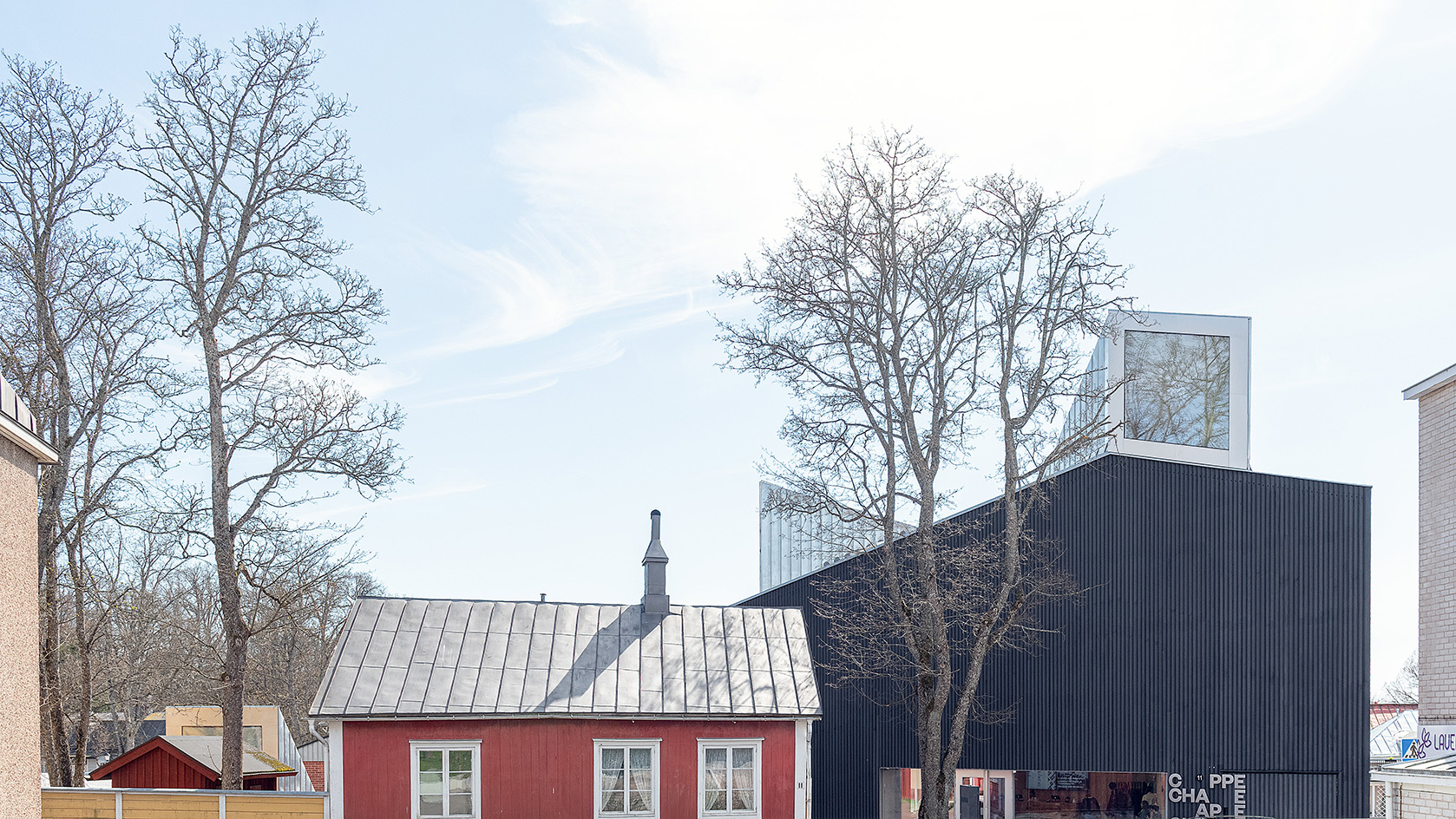
The abstract, geometric shapes of Chappe - part black box, part shiny periscope peeking above the building's roofline - sit seemingly in contrast to its picturesque setting within the well preserved historic village of Tammisaari in southern Finland. Yet the structure, the work of architecture studio JKMM, feels entirely at home in this idyllic corner of the Finnish countryside, its volumes strangely in sync with the surrounding 18th century timber architecture in this popular tourist destination. This balance and dialogue between the contemporary, minimalist architecture of this new art house, and its natural context and historic built environment continues inside and becomes a key theme in the making of what is set to become one of the country's key new cultural destinations.
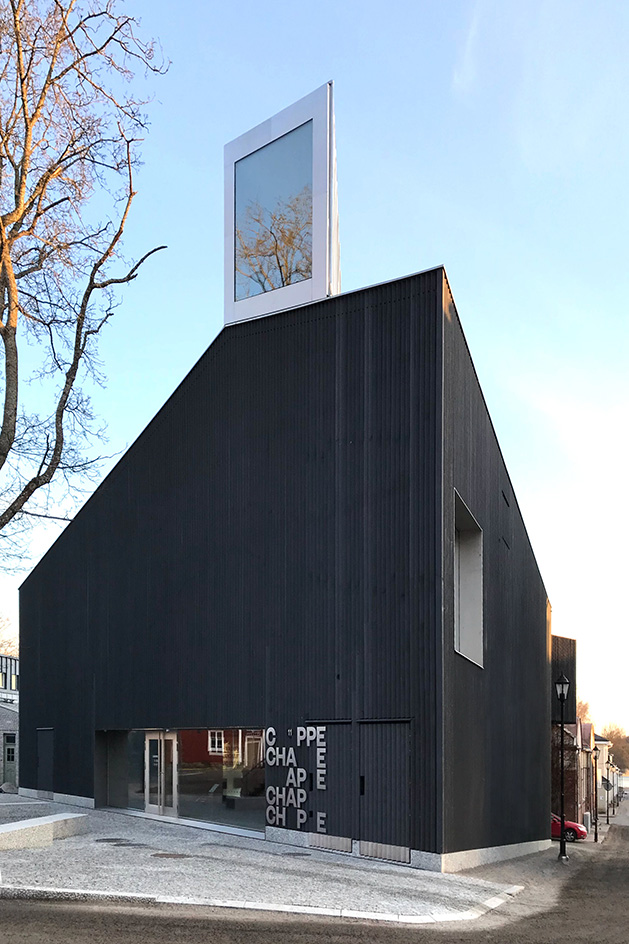
Chappe: a house for art
Chappe's name comes from its founding donator - Professor Albert de la Chapelle (1933–2020), a medical doctor and prominent researcher in the field of molecular genetics, who, being an avid collector of Nordic art, decided to use his collection to launch a new art hub for the region. Tammisaari was close to his heart, as he grew up in nearby Lindö, and much of his extended family still reside in that part of the country. A member of the family, Henrik de la Chapelle, served as chairman of the Albert de la Chapelle Art Foundation, and helped make Albert's vision a reality.
He says: 'Chappe is an important addition to Tammisaari, bringing year-around cultural interest to a traditionally seasonal seaside destination and thereby making a significant contribution to both the social and economic vitality of the region.'
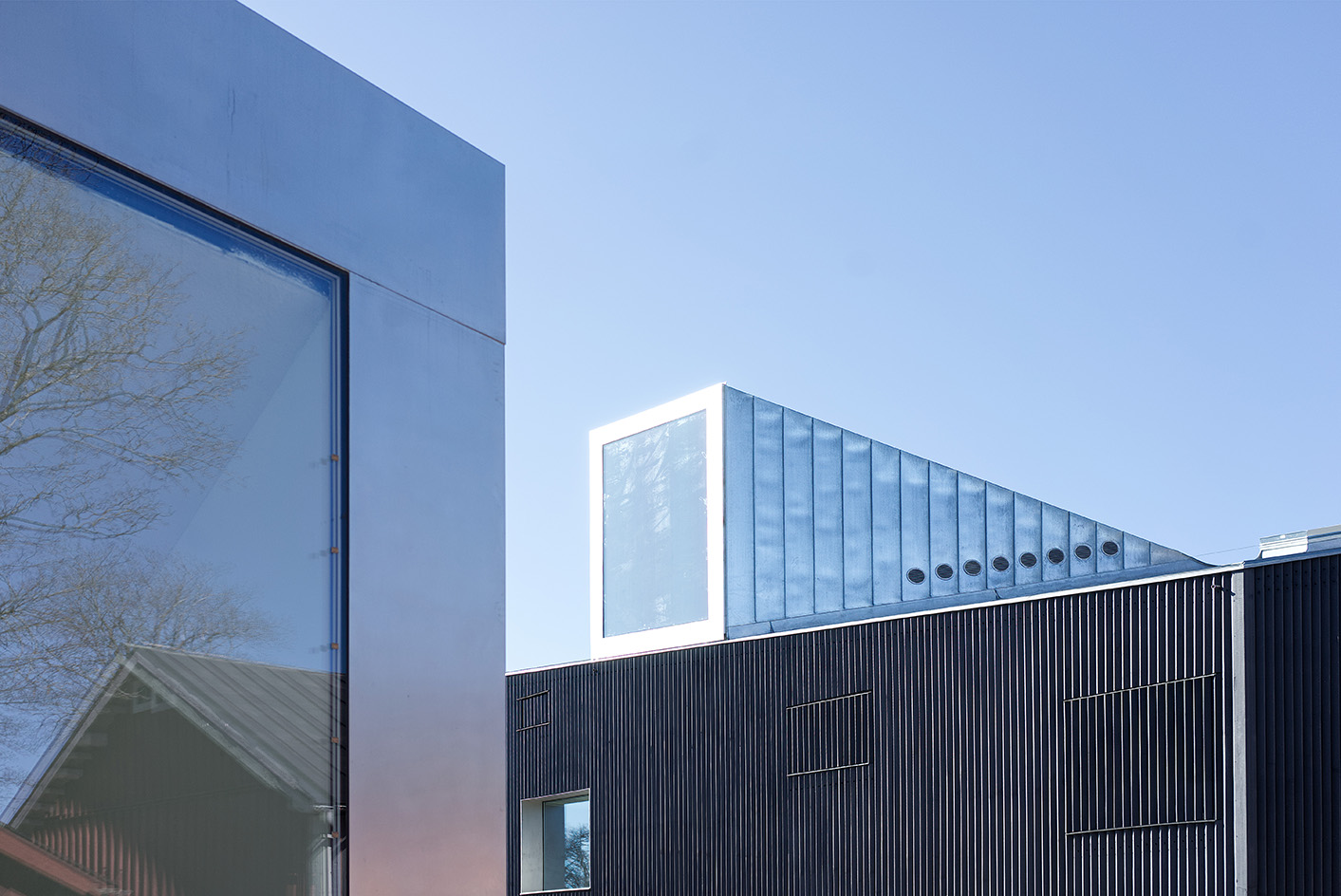
JKMM's design for Chappe
Chappe's design was developed by the Helsinki based studio, headed by its four co-founders Asmo Jaaksi, Teemu Kurkela, Samuli Miettinen and Juha Mäki-Jyllillä - the team was chosen through an invited competition. The studio's extensive experience in architectural projects of all scales, in particular in the cultural realm, made it stand out for its sense of purpose and respectful, quiet strength. Past works have included the popular Amos Rex and the Akola Manor House, while long term research and numerous deliveries in the realm of public buildings, such as libraries and schools, meant that JKMM were a natural fit for this small, but perfectly formed art house and its sensitive context.
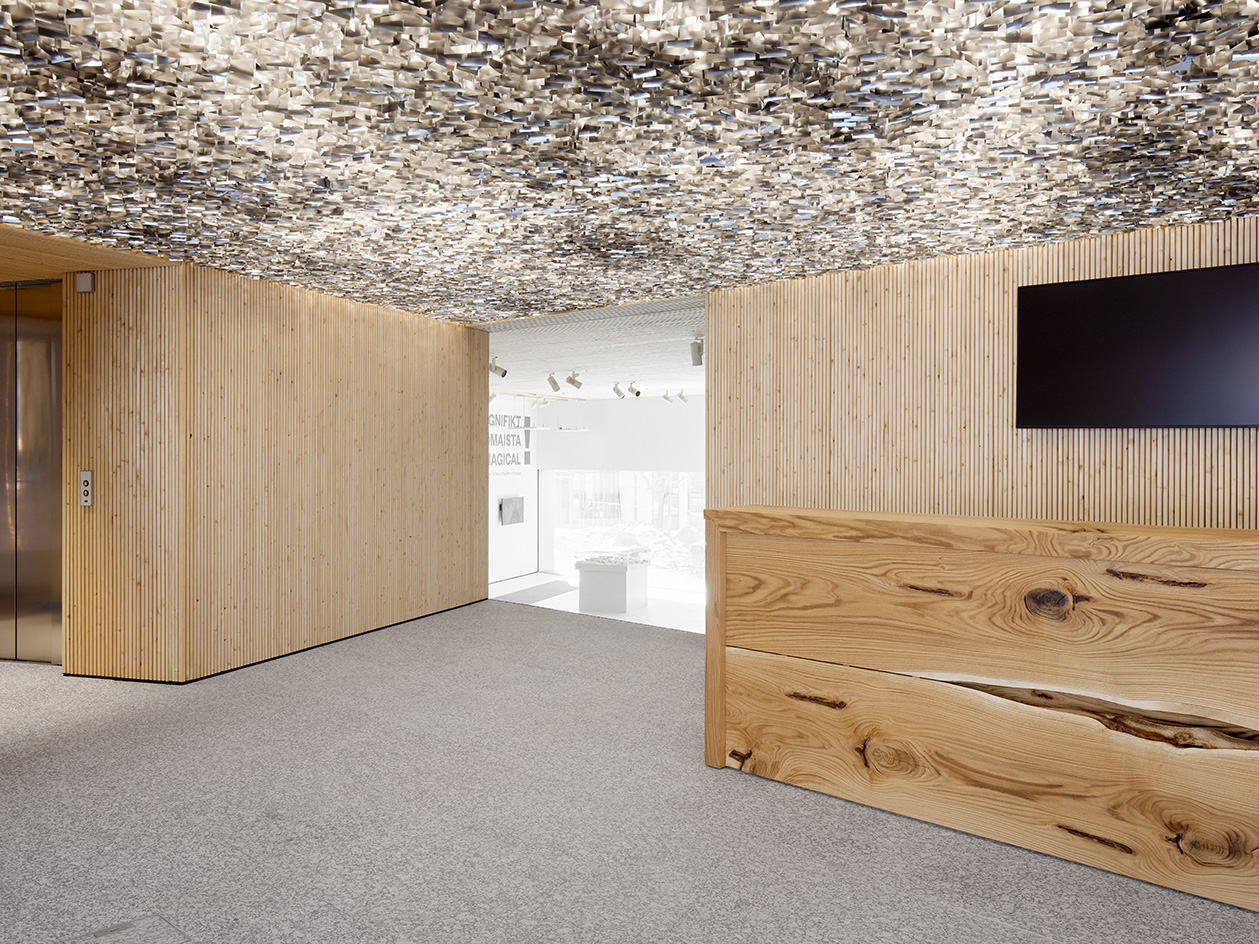
In the case of Chappe, the architects zoomed in on the site, which is adjacent and physically connected to the existing Raseborg Museum next door (a corridor allows tourists to move freely between the two attractions). Unsurprisingly, the surrounding conditions and architectural vernacular played a pivotal role in the design development. JKMM founding partner Asmo Jaaksi led the scheme, highlighting its importance within Tammisaari's constellation of galleries and museums, as well as the wider Finnish cultural landscape.
'In our buildings, we have wanted to focus on how museum, or for that matter any arts space architecture, relates to the immediate experience of place, adding both a sense of rootedness and also something wholly new that brings about vitality to the local community. This, I feel is especially important for cultural buildings, as they are the very things that give places identity by bringing people together, but only if people feel welcome and can take ownership of them,' he says.
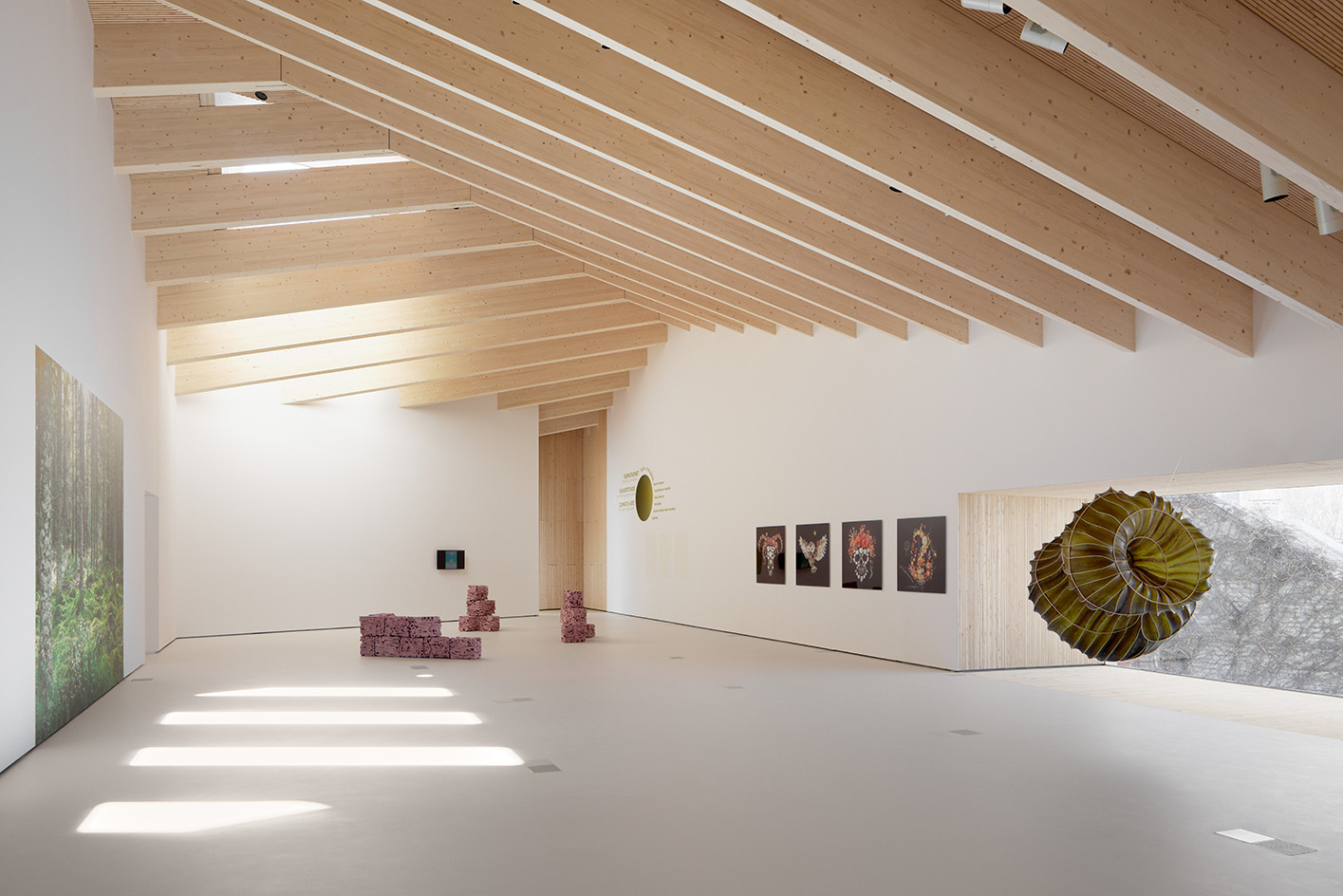
Connecting with people and place
At the same time, it was important for JKMM to underscore Finland's long tradition in timber construction. As a result, wood features prominently in the building (with the exception of its concrete base), from the exterior's black spruce cladding, to the exposed ceiling beams that become a gentle feature in the upper level's art galleries. The timber's warmth and tactility come through throughout Chappe's 1,210 sq m and three floors of exhibition spaces (one nestled quietly below ground).
Receive our daily digest of inspiration, escapism and design stories from around the world direct to your inbox.
Carefully placed design gestures and collaborations between the architects and local artists and craftspeople elevate the interiors. There is a shimmering entrance lobby ceiling created together with artist Petri Vainio; a large ceramic piece by Karin Widnäs in the foyer; and a reception desk and bench by a local contractor. 'The integration of art installations is a precedent from early Modernism that we welcome in our work as architects. Collaborating with Finnish artists at Chappe has been a good way to continue this tradition,' says Jaaksi.
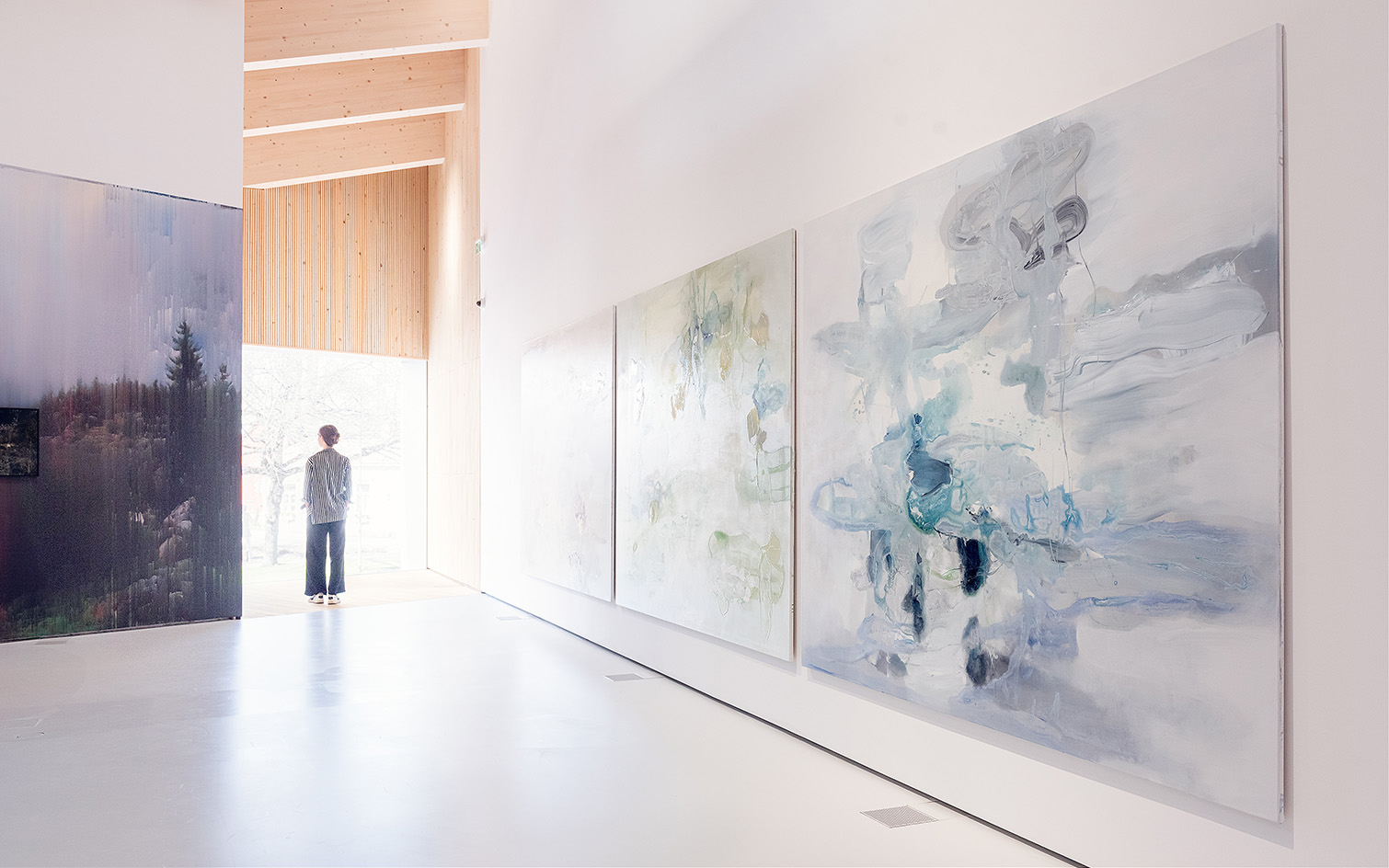
Meanwhile, everywhere, strategically placed large openings create sightlines and frame views of the sky and rooflines around the site, the gardens outside the museum, and the water in the distance - connecting the visitor to the landscape at every turn.
It all comes together to form a cultural space that scale-wise, punches above its weight and displays its architects' skill. Jaaksi recalls the team's initial encounter with the site: 'My first reaction was, you can't fit a building here! It's pocket sized, but then everything else here is small too.' Still, the practice managed to create breathing space where there was none, and masterfully fitted a truly expansive-feeling space within a fairly compact site; Chappe's crisp, welcoming space and a new home for the arts for the entire region.
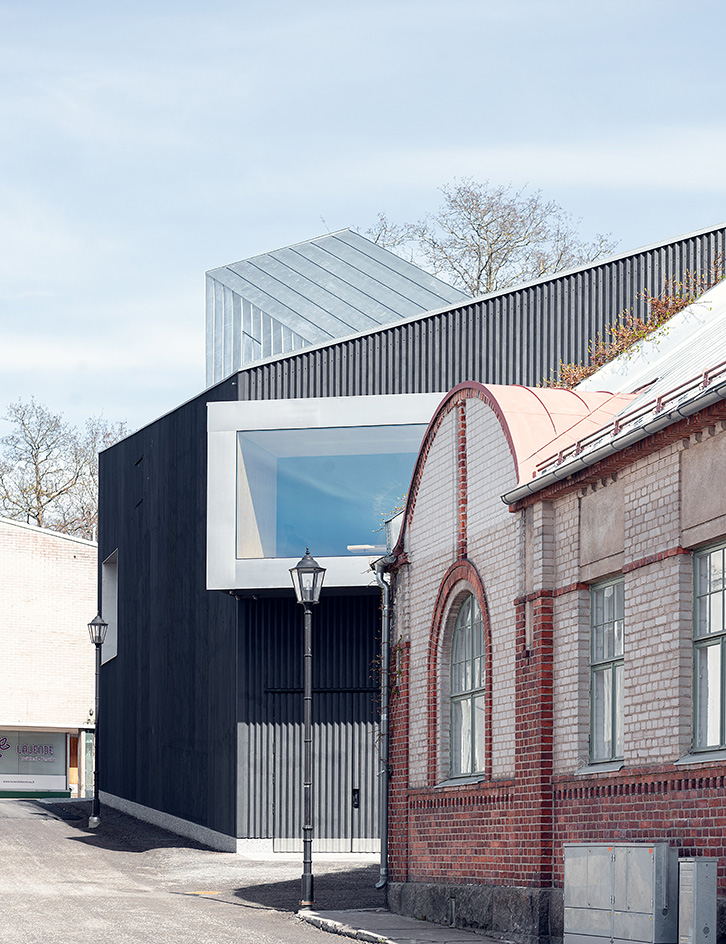
Ellie Stathaki is the Architecture & Environment Director at Wallpaper*. She trained as an architect at the Aristotle University of Thessaloniki in Greece and studied architectural history at the Bartlett in London. Now an established journalist, she has been a member of the Wallpaper* team since 2006, visiting buildings across the globe and interviewing leading architects such as Tadao Ando and Rem Koolhaas. Ellie has also taken part in judging panels, moderated events, curated shows and contributed in books, such as The Contemporary House (Thames & Hudson, 2018), Glenn Sestig Architecture Diary (2020) and House London (2022).
-
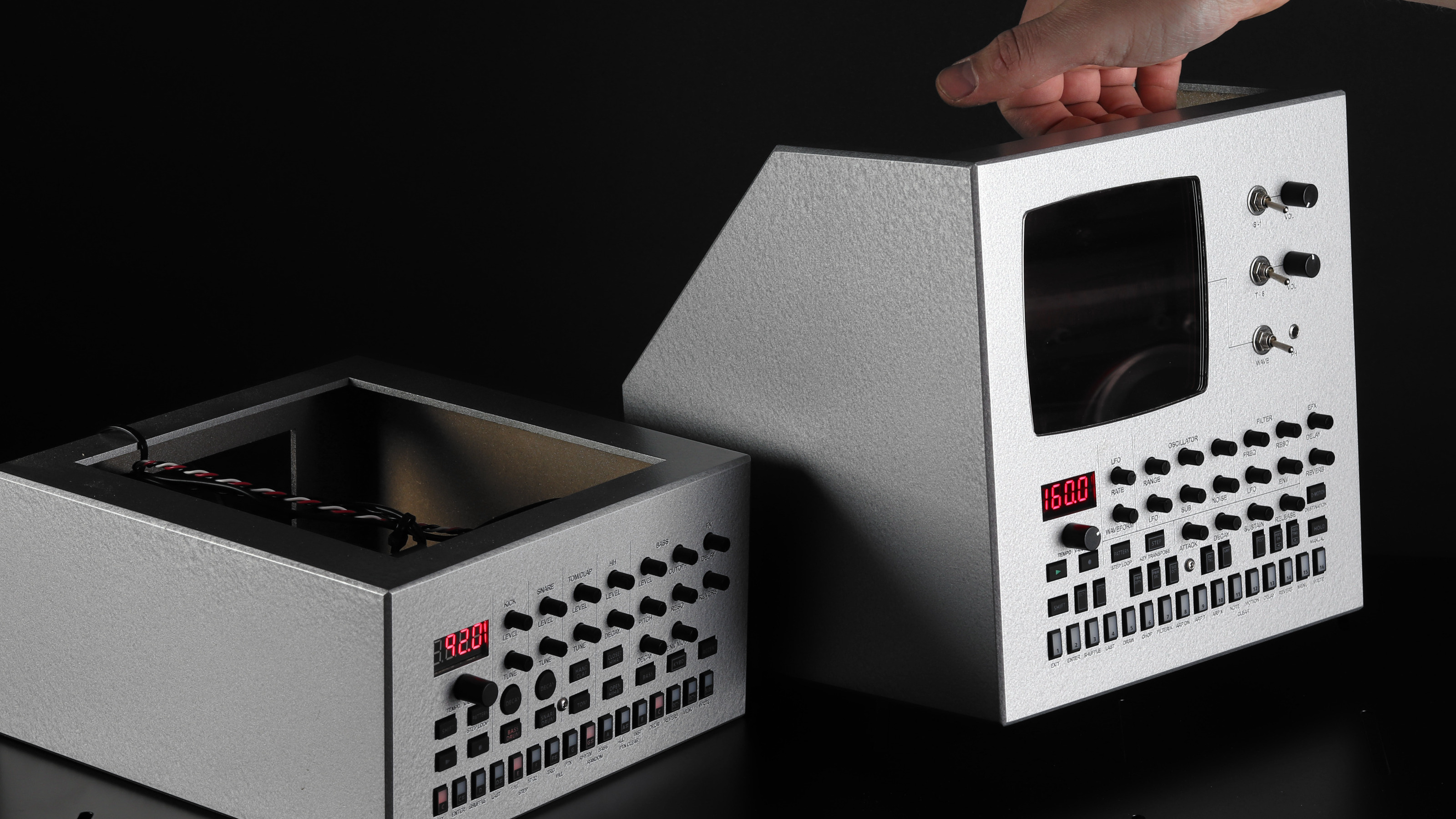 Year in Review: we’re always after innovations that interest us – here are ten of 2025’s best
Year in Review: we’re always after innovations that interest us – here are ten of 2025’s bestWe present ten pieces of tech that broke the mould in some way, from fresh takes on guitar design, new uses for old equipment and the world’s most retro smartwatch
-
 Art and culture editor Hannah Silver's top ten interviews of 2025
Art and culture editor Hannah Silver's top ten interviews of 2025Glitching, coding and painting: 2025 has been a bumper year for art and culture. Here, Art and culture editor Hannah Silver selects her favourite moments
-
 In Norway, remoteness becomes the new luxury
In Norway, remoteness becomes the new luxuryAcross islands and fjords, a new wave of design-led hideaways is elevating remoteness into a refined, elemental form of luxury
-
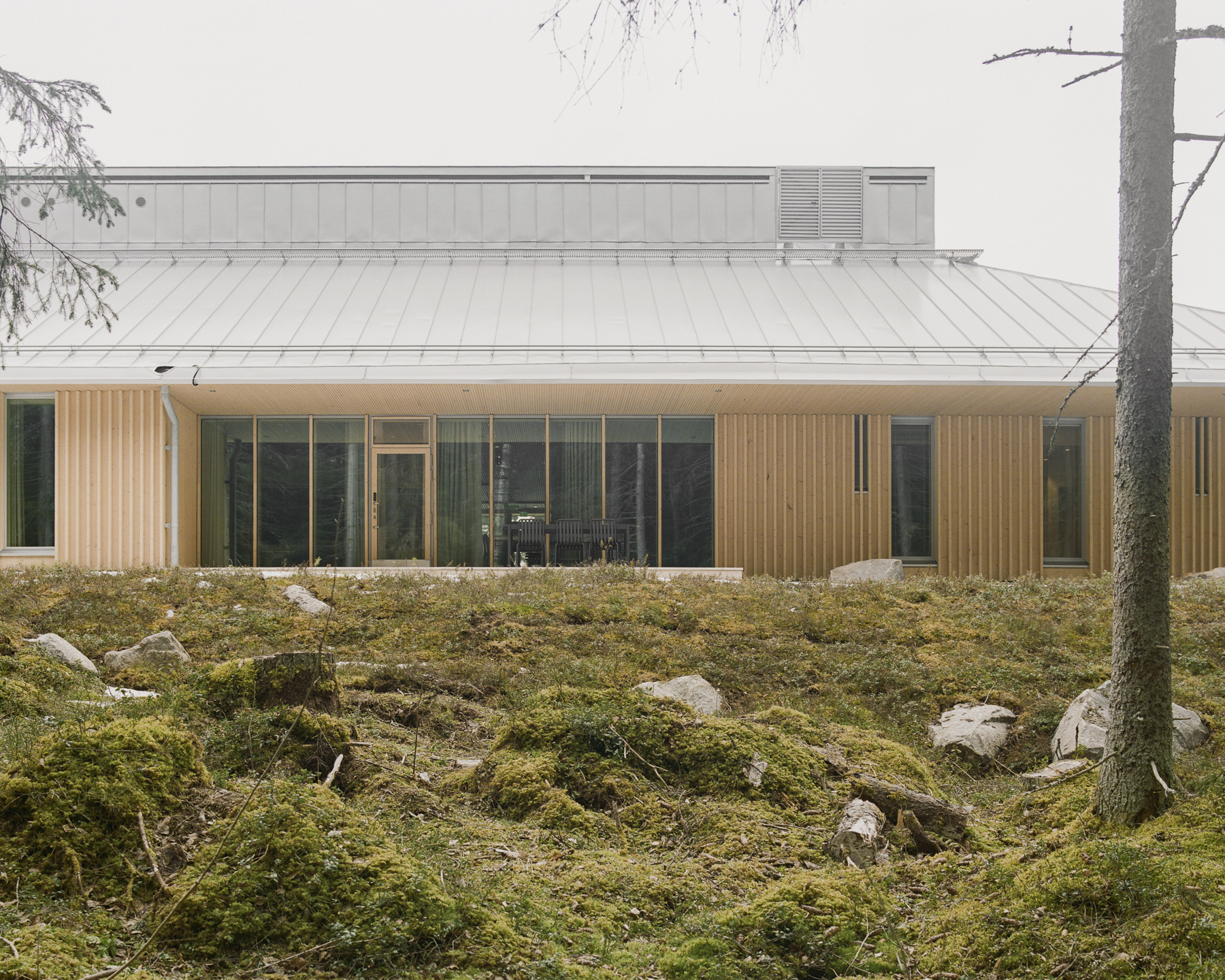 At Finland’s newest care institution, nature and architecture promote healing
At Finland’s newest care institution, nature and architecture promote healingLagmansgården, a new model for a residential care institution in Finland, designed by Anttinen Oiva Architects, blends timber architecture and a connection with the natural surroundings to support young people
-
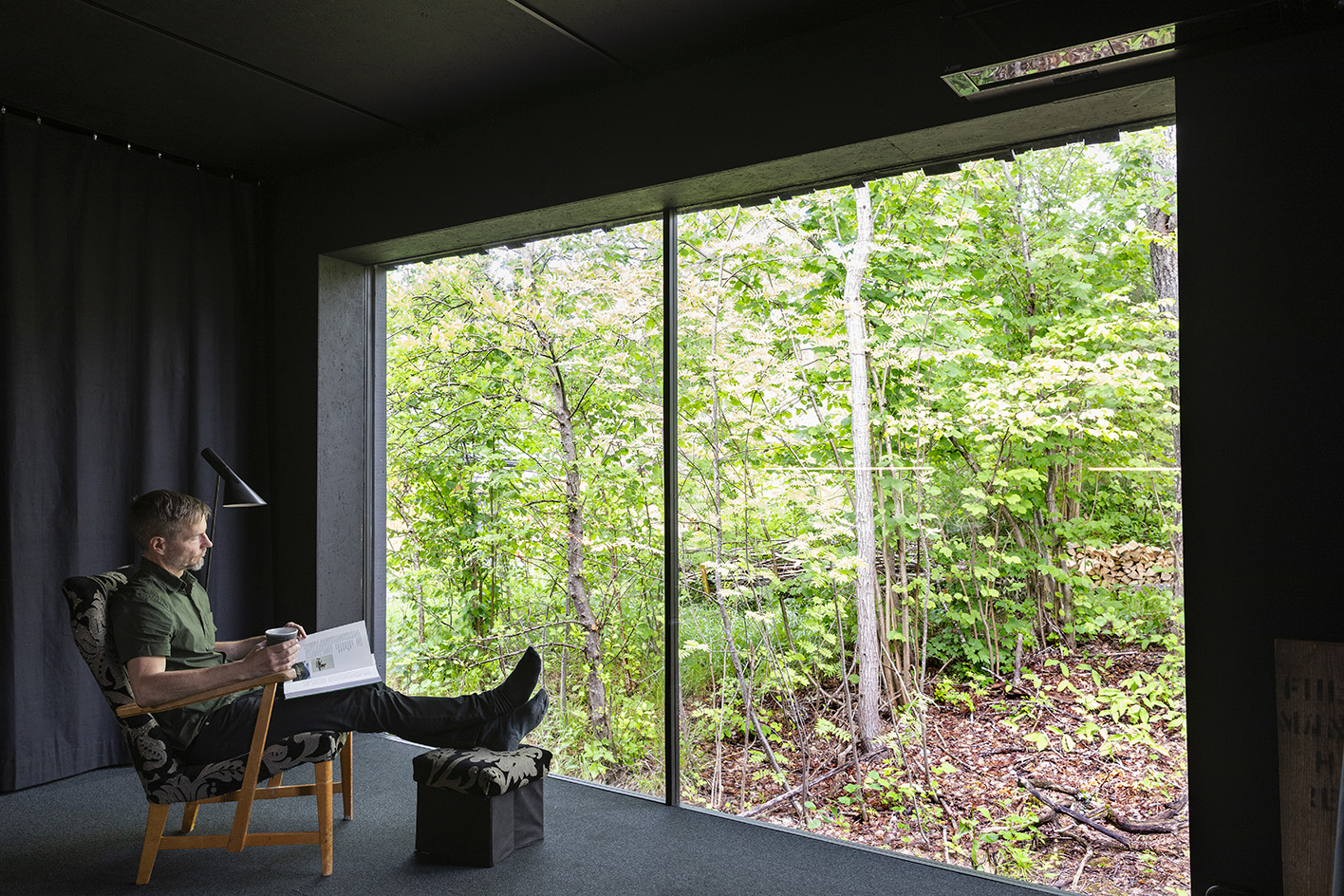 A carbon-emission-busting house, yeast-biomass building, and more ‘Designs for a Cooler Planet’
A carbon-emission-busting house, yeast-biomass building, and more ‘Designs for a Cooler Planet’‘Designs for a Cooler Planet’ returns to Aalto University in Finland as part of the annual Helsinki design and architecture week, highlighting buildings, materials and solutions towards a better future
-
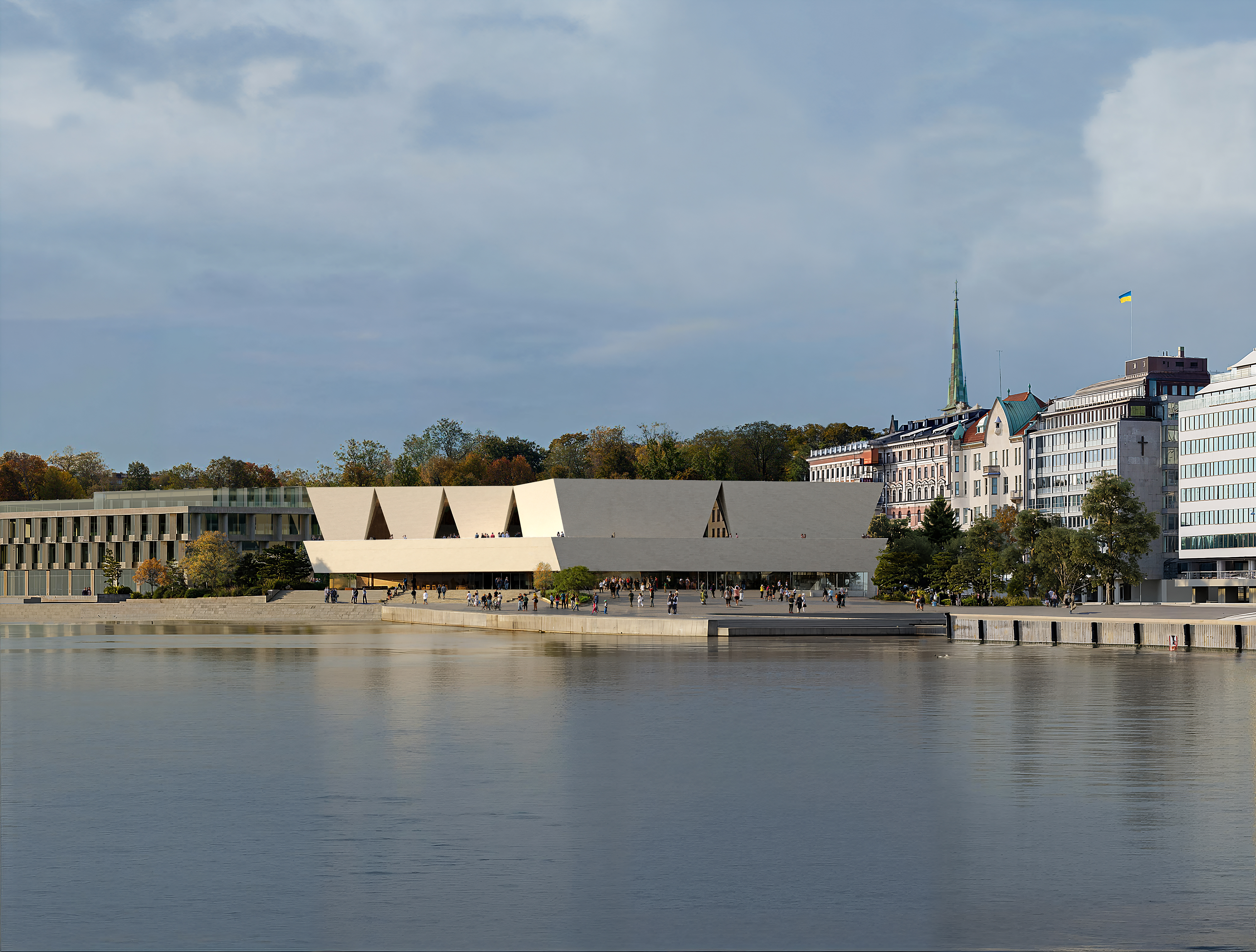 Meet the newly appointed architects of Finland’s Museum of Architecture and Design
Meet the newly appointed architects of Finland’s Museum of Architecture and DesignJKMM has been announced the winner of the competition to design the prestigious new Museum of Architecture and Design of Finland in Helsinki
-
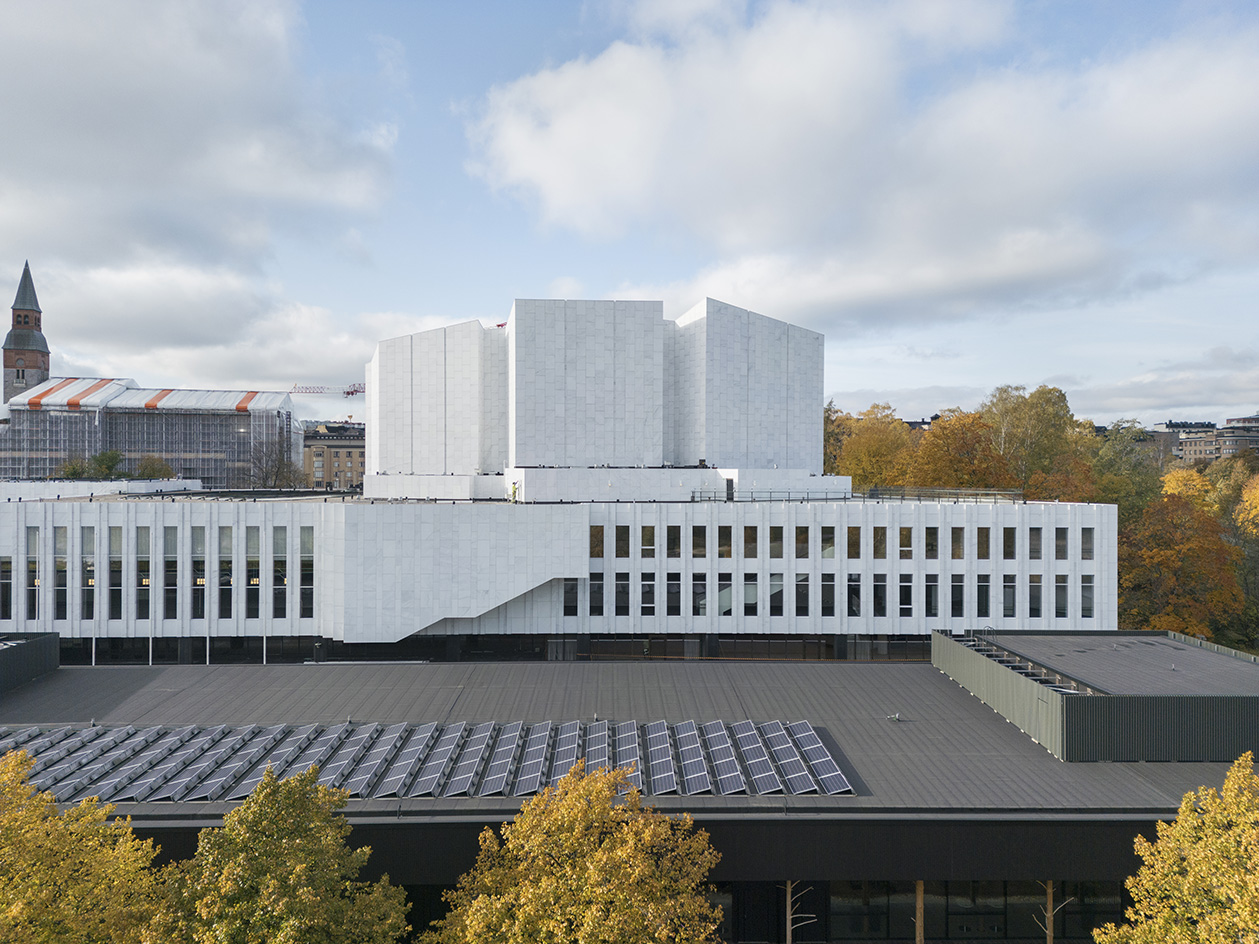 Alvar Aalto: our ultimate guide to architecture's father of gentle modernism
Alvar Aalto: our ultimate guide to architecture's father of gentle modernismAlvar Aalto defined midcentury – and Finnish – architecture like no other, creating his own, distinctive brand of gentle modernism; honouring him, we compiled the ultimate guide
-
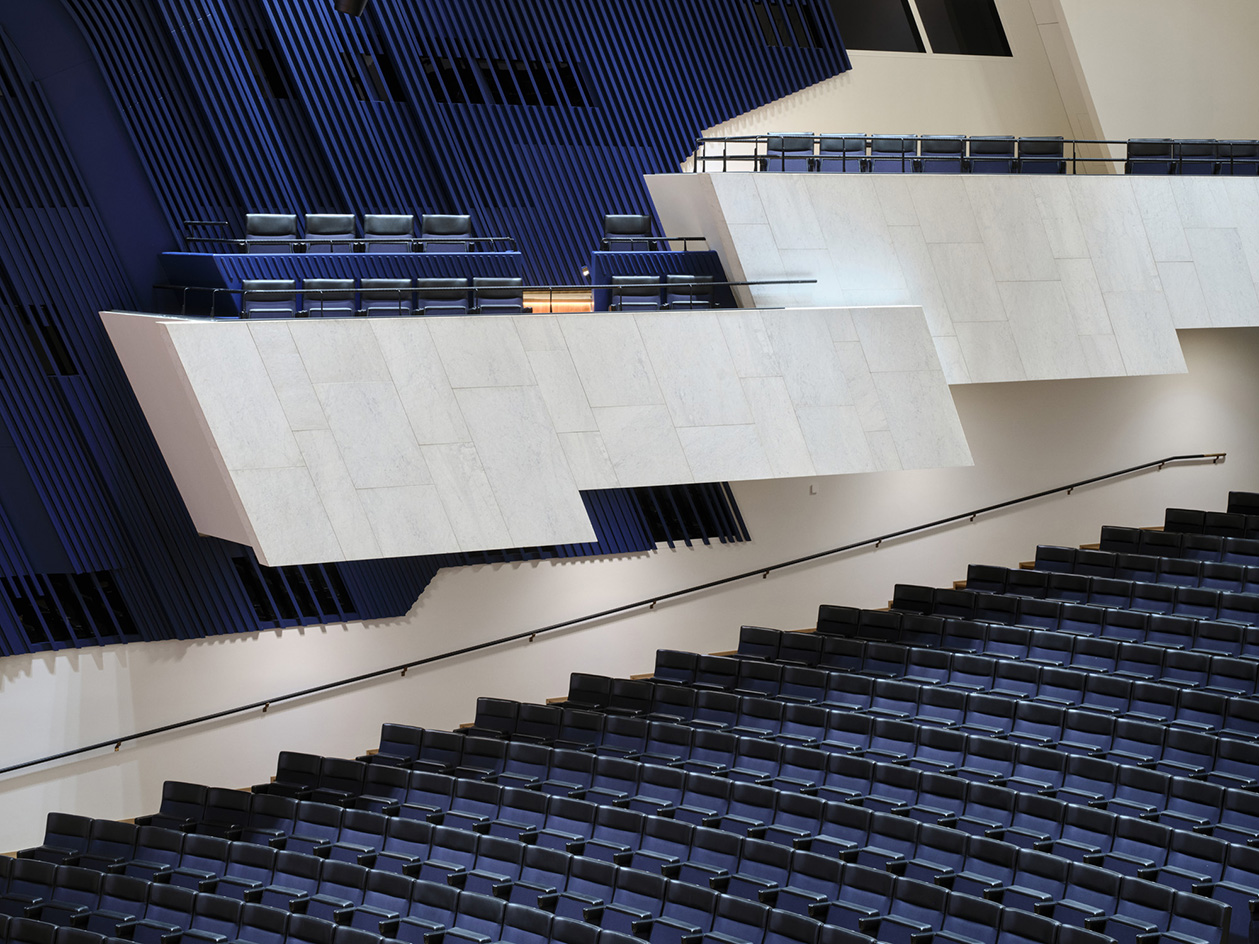 Design Awards 2025: Alvar Aalto's Finlandia Hall is a modernist gem reborn through sustainability and accessibility
Design Awards 2025: Alvar Aalto's Finlandia Hall is a modernist gem reborn through sustainability and accessibilityHelsinki's Finlandia Hall, an Alvar Aalto landmark design, has been reborn - highlighting sustainability and accessibility in a new chapter for the modernist classic
-
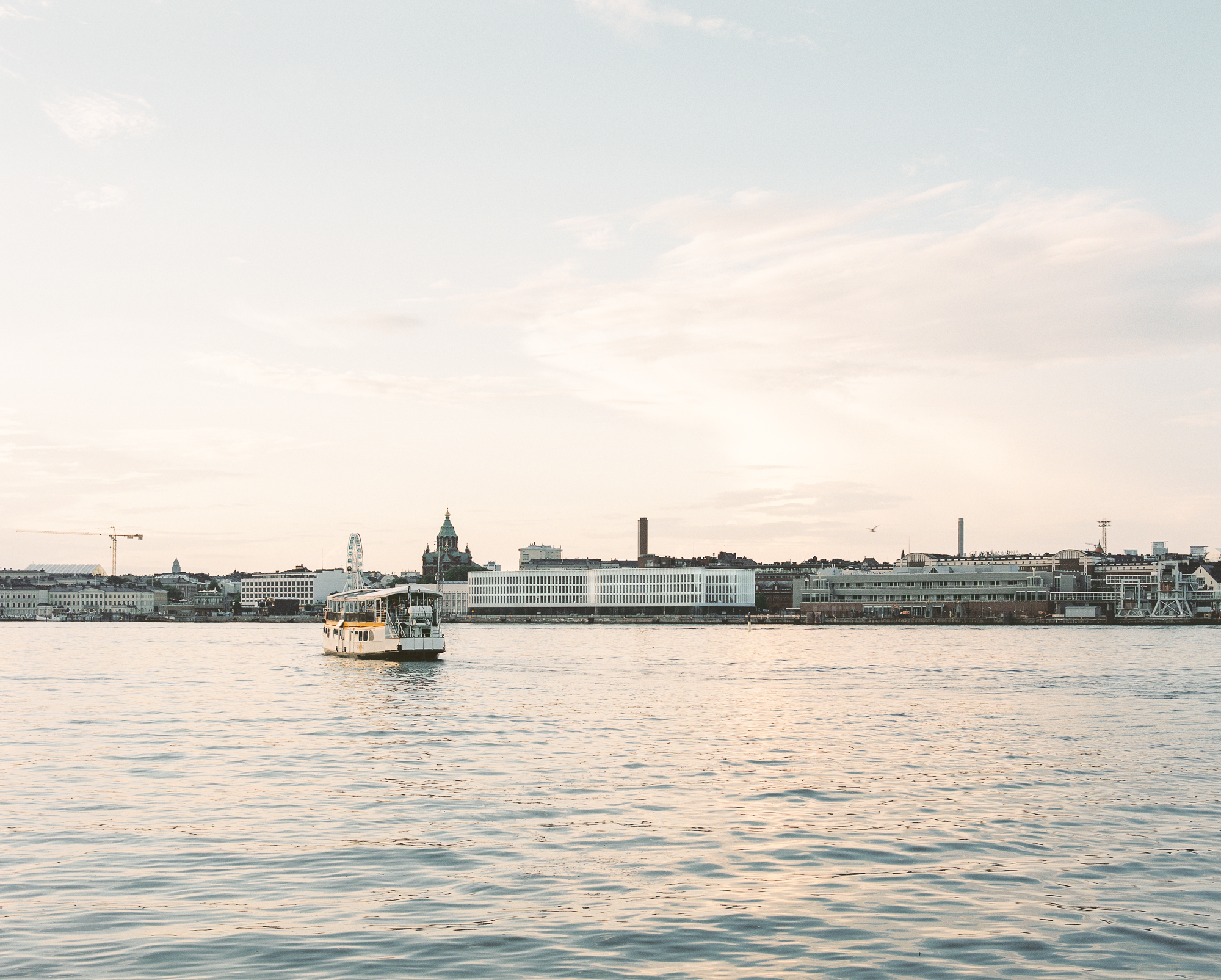 Exclusive first look: Katajanokan Laituri sets a new standard for timber architecture
Exclusive first look: Katajanokan Laituri sets a new standard for timber architectureKatajanokan Laituri, a new building in the historic Kauppatori market district of Helsinki, is made from around 7,500 cubic metres of wood, cementing Finland’s position as leader in sustainable architecture, construction and urban development
-
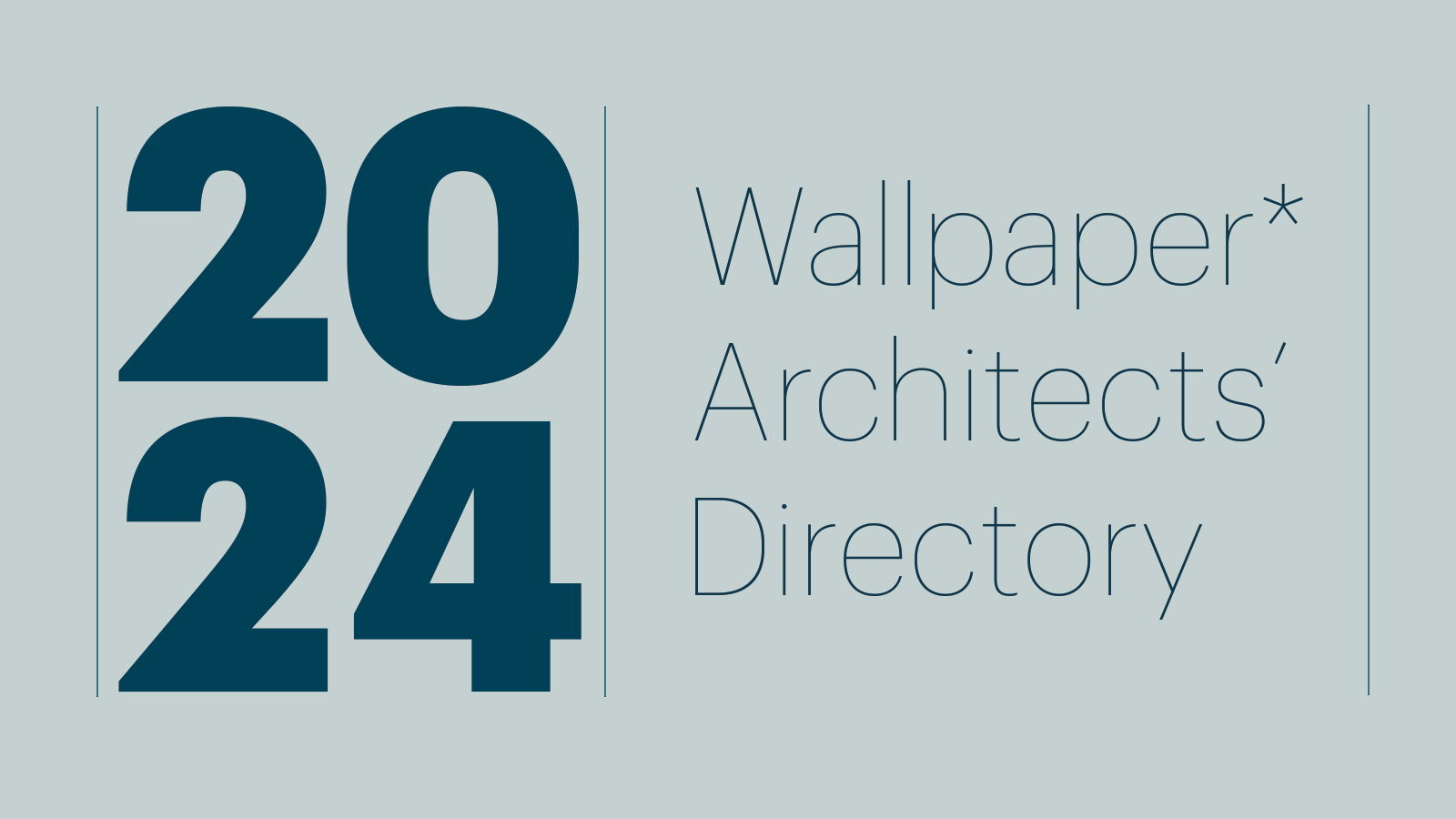 Wallpaper* Architects’ Directory 2024: meet the practices
Wallpaper* Architects’ Directory 2024: meet the practicesIn the Wallpaper* Architects Directory 2024, our latest guide to exciting, emerging practices from around the world, 20 young studios show off their projects and passion
-
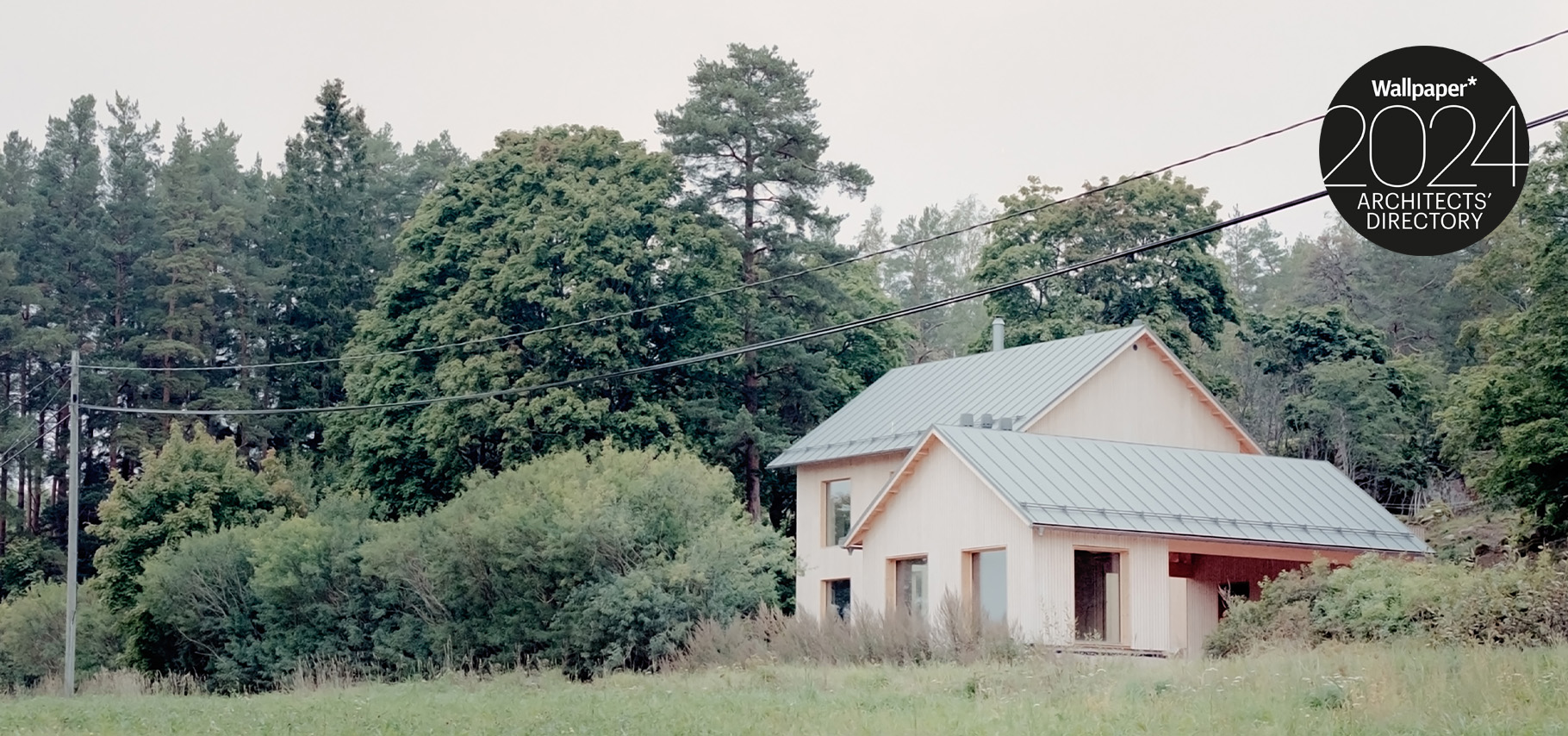 Nordic minimalism meets warm personality at Studio Collaboratorio’s new home in Finland
Nordic minimalism meets warm personality at Studio Collaboratorio’s new home in FinlandThe emerging Finnish practice Studio Collaboratorio is welcomed into the Wallpaper* Architects’ Directory 2024